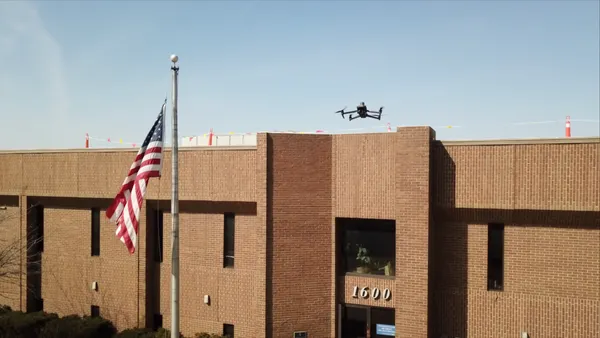Dive Brief:
- Smart city technology standards are essential for cities to realize the full potential of the technologies now available, according to a recent report by technology intelligence firm ABI Research.
- Since the technologies' inception, smart cities have struggled to achieve the promise of interoperability and connected sensors, in part because devices are not compatible across vendors, said Lindsey Vest, a research analyst at ABI Research. That leads to incompatible devices and vendor lock-in, when a city has to keep buying multiple technologies from the same supplier.
- A range of alliances, consortia and standards development organizations can facilitate the smart cities network with the right cooperation. However, the diverse range of standards organizations can also create confusion and inefficiencies, the report notes.
Dive Insight:
Standardization across smart city technologies is becoming increasingly important as more players emerge in the space, Vest said.
"Data is the key asset in smart cities, and it is important to enable data sharing between multiple systems," wrote Srikanth Chandrasekaran, senior director and foundational technologies practice lead at the IEEE Standards Association. "Frictionless movement of data between multiple physical, digital, and human systems is the holy grail as it generates value."
One group focusing on the issue is the Joint Smart Cities Task Force, an international group formed by the International Organization for Standardization, the International Electrotechnical Commission and the International Telecommunication Union. Other groups include Open & Agile Smart Cities, which advocates for minimal interoperability mechanisms, "based on open technical specifications that allow cities and communities to replicate and scale solutions globally."
Companies that engage with standardization through these groups or consortia can gain the advantage of targeting their solutions to meet the requirements of interoperability within a city’s existing system, according to ABI. OneM2M is an example of a service layer standard used by numerous major technology providers across the globe for IoT sensors, according to Vest, allowing legacy systems to be interoperable with new systems.
Historically, many cities have struggled with ensuring technology standardization because they don’t always have the right experts on staff, Vest said. That is also why standards can be so powerful, she noted, as they can help teams navigate their smart city journey from both a technical and process perspective.
As the smart cities movement and technologies continue to evolve, Vest advised city leaders to engage with standards-building organizations as a first step to improving the standardization processes.
“There's a lot of very motivated people in these organizations that are trying to help engage with that community to work out what's best for [cities],” Vest said.











